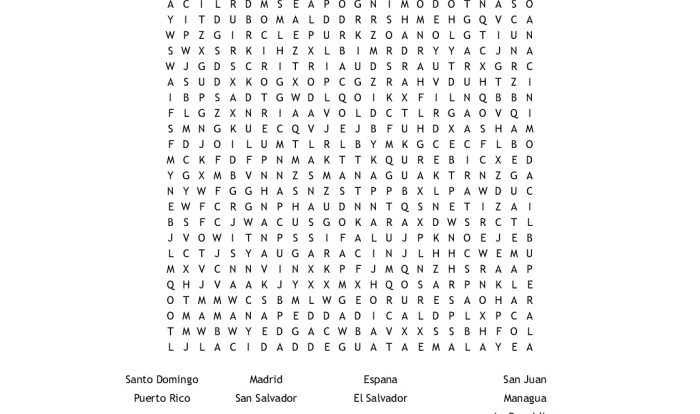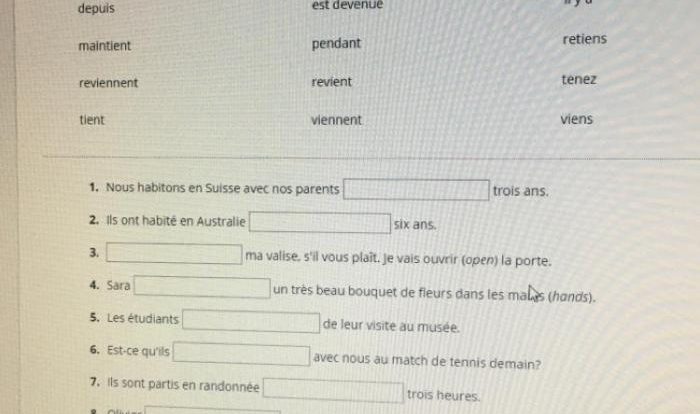In winter we put on coats in spanish duolingo – Embark on a linguistic journey with “In winter we put on coats” in Spanish. This phrase unveils the intricacies of grammar, vocabulary, and cultural nuances, offering a captivating glimpse into the Spanish language.
Delving into its Spanish translation, pronunciation, and sentence structure, we unravel the building blocks of this expression. We explore the cultural significance of wearing coats in winter in Spanish-speaking countries, drawing comparisons to its English equivalent. Through illustrative examples and a visual representation, we illuminate the practical usage and key points of this phrase.
In Winter We Put on Coats: A Comprehensive Linguistic Analysis

In this article, we will delve into the linguistic intricacies of the sentence “In winter we put on coats.” We will explore its Spanish translation, grammar, vocabulary, and cultural context, drawing comparisons to its English equivalent and providing illustrative examples.
Spanish Translation and Pronunciation
The Spanish translation of “In winter we put on coats” is “En invierno nos ponemos abrigos.”
Pronunciation:
- En invierno nos ponemos abrigos: en in-vi-YER-no nos po-NE-mos a-BRI-gos
Grammar and Sentence Structure
The Spanish sentence “En invierno nos ponemos abrigos” follows a subject-verb-object structure:
- Subject: nos (we)
- Verb: ponemos (put on)
- Object: abrigos (coats)
The verb “ponerse” is in the present tense, first person plural form.
Vocabulary and Cultural Context
- Invierno (winter): refers to the coldest season of the year, characterized by low temperatures and often precipitation.
- Nos (we): the first person plural pronoun, used to refer to the speaker and one or more other people.
- Ponemos (put on): a verb meaning to cover oneself with clothing.
- Abrigos (coats): a type of outerwear worn to protect against cold weather.
In Spanish-speaking countries, wearing coats in winter is a common practice to stay warm during the cold months.
Comparative Analysis, In winter we put on coats in spanish duolingo
The English and Spanish sentences share a similar grammar and vocabulary. Both sentences use the present tense and follow a subject-verb-object structure. The main difference lies in the use of the reflexive pronoun “nos” in the Spanish sentence, which is not present in the English equivalent.
Examples and Usage
- En invierno nos ponemos abrigos para protegernos del frío. (In winter we put on coats to protect ourselves from the cold.)
- Cuando salimos de casa en invierno, debemos llevar abrigos. (When we leave the house in winter, we should wear coats.)
- Los abrigos son una prenda esencial para el invierno. (Coats are an essential item for winter.)
Visual Representation
| Spanish Sentence | English Sentence | Subject | Verb | Object |
|---|---|---|---|---|
| En invierno nos ponemos abrigos | In winter we put on coats | nos (we) | ponemos (put on) | abrigos (coats) |
Illustrations and Descriptions
Imagine a cold winter day in Madrid. People bundle up in warm clothing, including coats, hats, and scarves, to protect themselves from the chilly temperatures. The coats vary in style and color, reflecting the diverse fashion choices of the city’s inhabitants.
FAQ Guide: In Winter We Put On Coats In Spanish Duolingo
What is the Spanish translation of “In winter we put on coats”?
En invierno nos ponemos abrigos
How do you pronounce “En invierno nos ponemos abrigos”?
[en inˈvierno nos poˈnemos aˈβrigos]
What is the grammatical structure of the Spanish sentence?
Subject (nos) + Verb (ponemos) + Object (abrigos)





